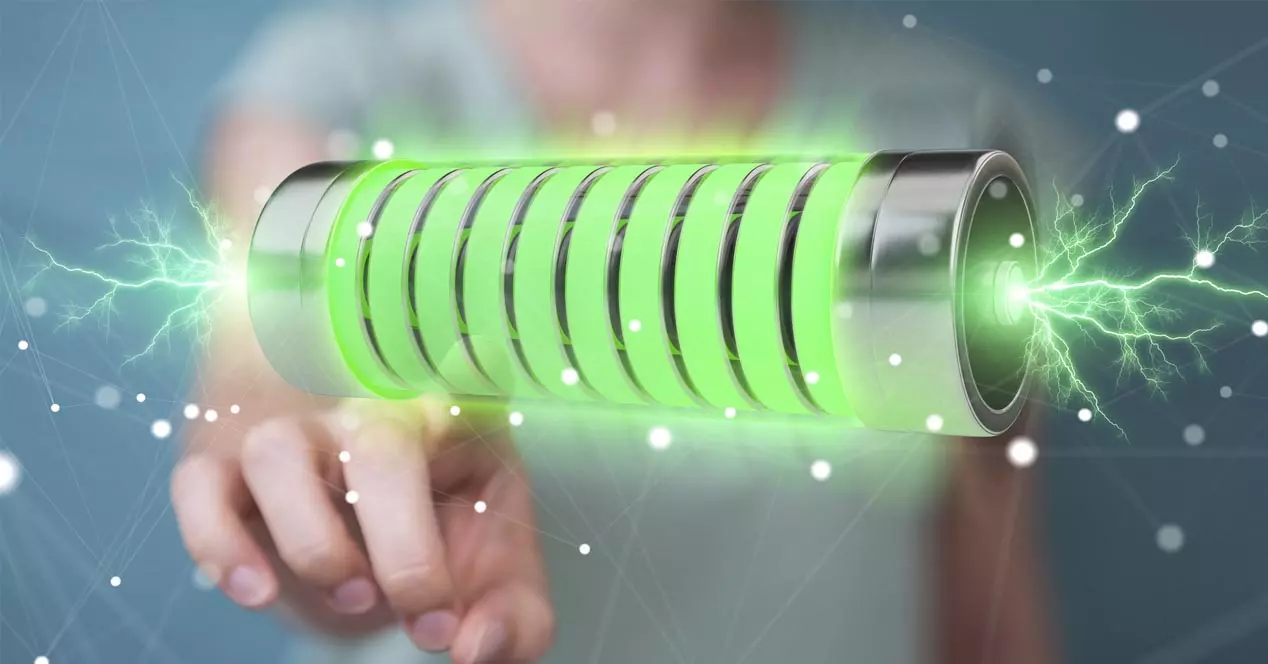Drought continues on the Mississippi River, the largest inland waterway in the United States, while sea levels rise along the coast.
Seawater counterflow occurs in the Gulf of Mexico, the mouth of the lower Mississippi River.
The U.S. Army Corps of Engineers (USACE), a water agency under the U.S. Army, has begun construction of a 1,500-foot-wide underwater levee in the southern New Orleans watershed of the Mississippi River to prevent record-low levels and flow rates from introducing salty water that threatens drinking water in America’s largest cities.
The reverse current of the Mississippi River is a cyclical phenomenon that occurs naturally, about once every ten years, known as a “saltwater wedge”.
It refers to the flow of high-density salt water upstream of low-density freshwater river bottom.
Locals say they are at the mercy of the river every ten years, but this time the situation is worse. The worsening drought in the central U.S. in recent weeks has had a major impact on the Mississippi River, with dozens of water levels in the basin at or below the low-water threshold.
The water level in the Memphis River fell to a new low of -10.75 feet on the 17th, surpassing the record low in 1988, and the weather forecast will remain below normal rainfall.
Saltwater intrusion affects Boothville water treatment plant in southern Louisiana city as Mississippi River levels drop,
Another water treatment plant is expected to hit another water treatment plant, with high concentrations of saltwater-related substances such as sodium and chloride now detected in Boothville treated drinking water, prompting the government to issue drinking water recommendations.
Water treatment plants currently use reverse osmosis machines to remove chlorides, and the U.S. Army Corps of Engineers is concerned about the impact of saltwater on cities further north, especially New Orleans,
It is planned to construct sea barriers in the submerged basin south of New Orleans to slow the upflow of the brine wedge, keep the salt content low, and protect the normal supply of drinking water to the water treatment plant further upstream.
Saltwater Reversals happen more frequently recently
Saltwater reversal occurs when river flow is so low that as long as the flow of the Mississippi River is less than 300,000 cubic feet per second, there is not enough force to stop the water from flowing backwards.
Seawater in the Gulf of Mexico is much denser than freshwater in the Mississippi River, and typically pushes up the river every decade,
The last time a sea fence was built at the estuary was in 2012, then in 1999 and 1988, at an estimated cost of about $10 million each.
With rising sea levels and climate change, the United States now relies on land-based levees to prevent flooding and underwater levees to protect drinking water.
But NOAA oceanographers and sea-level rise experts believe that while the U.S. Army believes sea barriers will keep salty water out of New Orleans, the future will be an increasingly challenging strategy.
Experts believe that the current situation is similar to the low flow in 2012, and once the dry period ends and more fresh water flows downstream, the problem will naturally be resolved, but this time it is not known when it will happen.
The Mississippi River Delta faces climatic and environmental pressures on multiple fronts, including rising sea levels, land subsidence, frequent flooding,
The U.S. Army Corps did not disclose the cost of building the underwater levee, and if there is no permanent solution, and only temporarily stop seawater intrusion through the construction of sea barriers, it will only cost more in the future.




